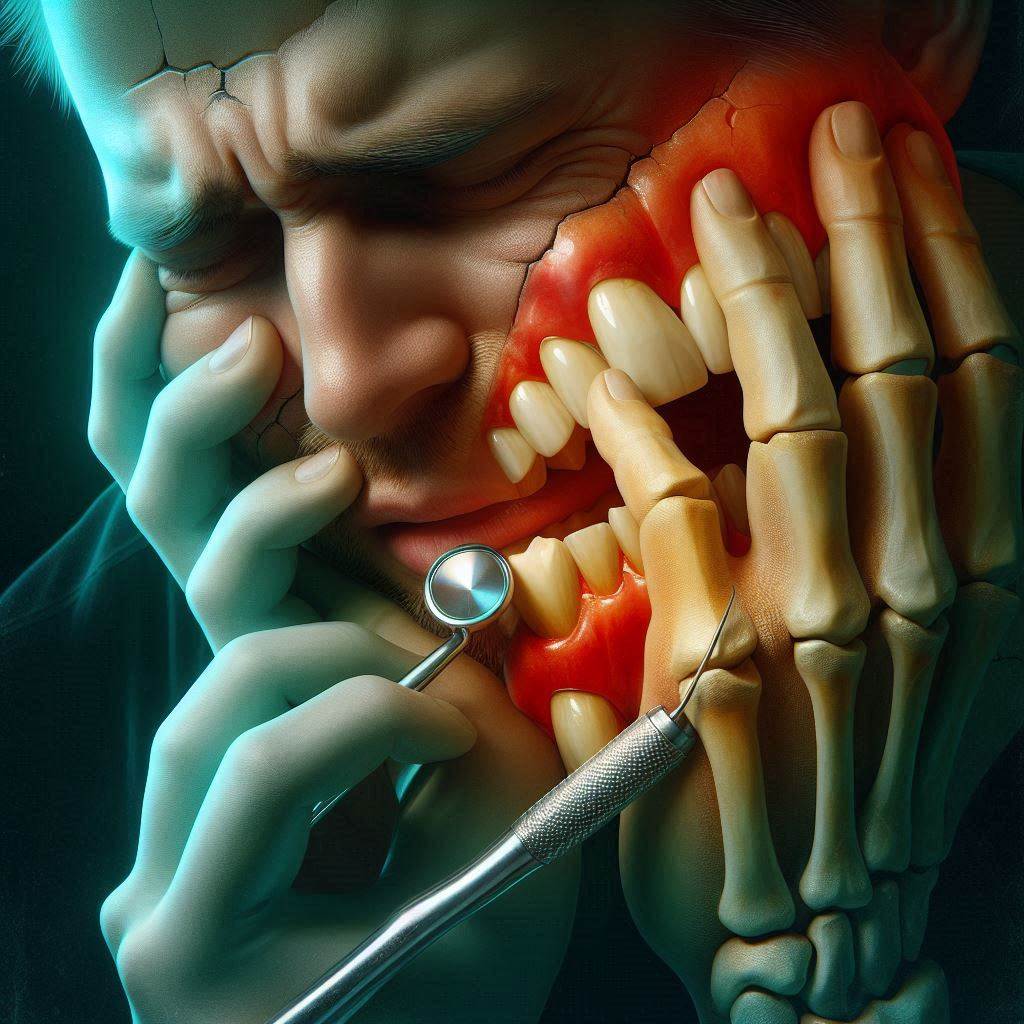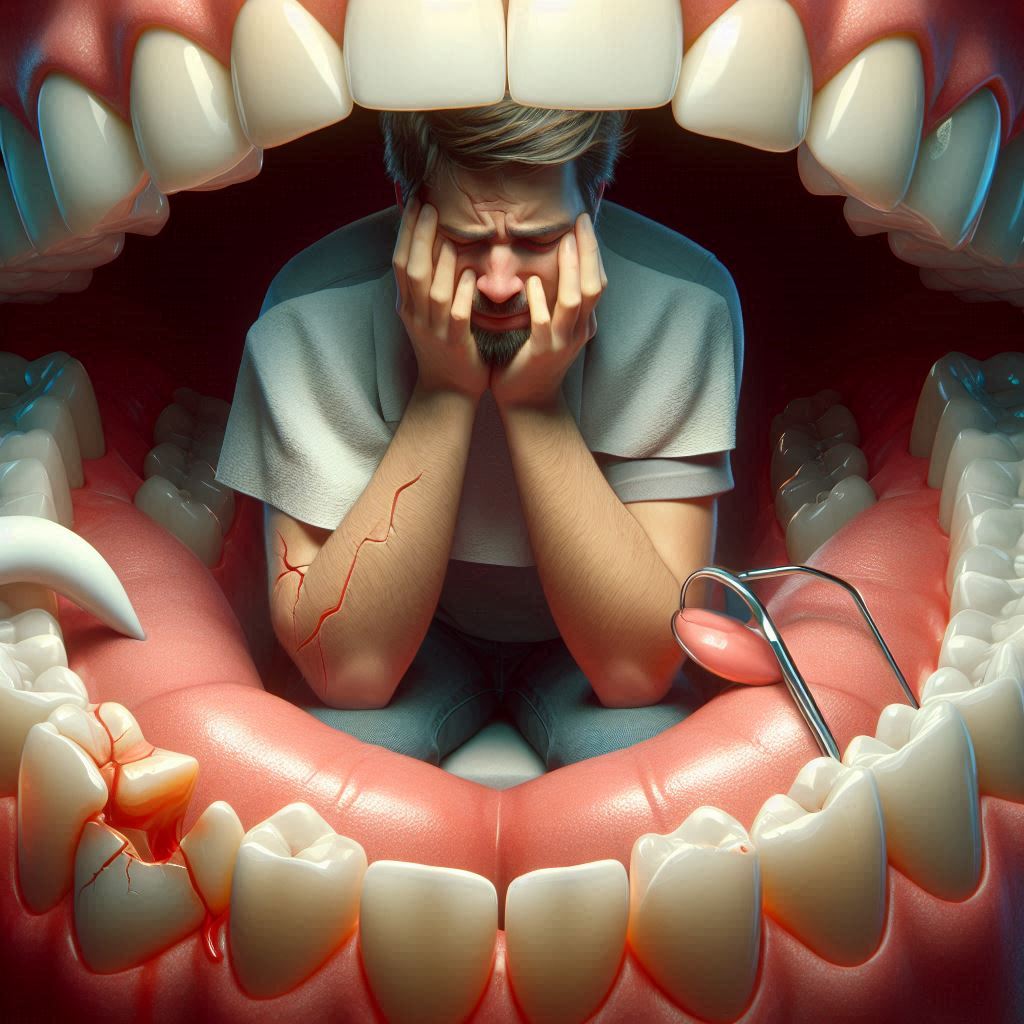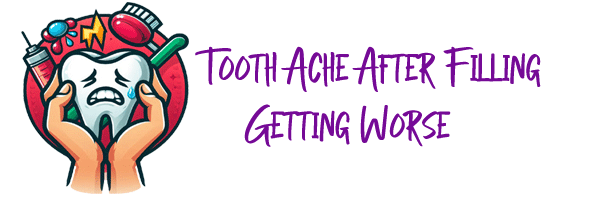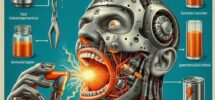Imagine a quiet library, just after an old book has been restored. Its torn pages repaired, its cover polished. To the eye, the book appears perfect — healed. But a few days later, as someone opens it and begins to read, the spine splits with a sudden crack. Something deep inside was missed.

This is what happens with a tooth fracture pain days after filling — an ache that whispers first, then grows louder, revealing a hidden crack that wasn’t visible when the surface was repaired.
You had a filling. The cavity was cleaned, the tooth sealed, and you walked out of the clinic feeling like things were fixed. But then, like an echo from within, discomfort begins to stir. A strange throb when you bite down.A growing realization creeps in: “Why is my tooth ache after filling getting worse?”
Pain with a Delay: The Hidden Culprit
Most people expect some soreness after a filling — the mild kind, like a bruise. But when pain starts not immediately, but days later, it’s often a signal from deeper within the tooth. Not a surface-level issue, but an underlying fracture — a line that may have existed before the filling or was triggered during the procedure.
Think of a dry branch. You trim off the diseased bark, polish it clean, and it looks renewed. But inside, a hidden split runs along its length. You touch it — and it snaps. In the same way, a filled tooth may seem healthy on the outside, but inside, it may carry a fine fracture that only becomes noticeable once pressure resumes.

This is why many patients report a tooth ache after filling getting worse not immediately — but three to five days later.
How Do These Hidden Fractures Occur?
There are a few ways:
- Pre-existing cracks: The tooth was already compromised before the filling, especially if the decay was deep.
- Filling stress: The process of restoring the tooth — removing decay, placing material, curing it with light — can create or worsen tiny cracks.
- Bite pressure: After the filling, regular biting forces may cause a microscopic fracture to open wider.
- Bruxism (teeth grinding): Especially during sleep, this can stress a freshly filled tooth and reveal internal damage.
But day by day, it grows, and the pain becomes harder to ignore.
What Does the Pain Feel Like?
- Sharp pain on biting (especially on release)
- Sensitivity to cold or hot foods
- A localized throb or jolt that wasn’t there right after the filling
- Pain that lingers longer than a few seconds after stimuli
Each signal is your tooth whispering, then shouting: something is wrong beneath the surface.
What Can You Do About It?
That’s why dentists take “post-filling pain” seriously, especially if it develops after a delay. The solution may include:
- Replacing or adjusting the filling, if bite pressure is the culprit
- Placing a crown, to hold the tooth together
- In rare cases, extraction, if the tooth is beyond saving
The sooner the fracture is identified, the better the chances of preserving the tooth.
The Moral of the Ache
Pain days after a filling isn’t just discomfort — it’s a message. Not all cracks shout at once; some speak slowly, like a story unfolding over time. And if your tooth ache after filling is getting worse, it may be that the real issue was never decay — but a fracture waiting to be found.


